These days, it’s hard to feel like you actually connect with people since things happen so fast. It’s increasingly more and harder to spend time with our spouses, friends, and family because of work deadlines, social media distractions, and the continual flood of messages. But the most vital quality for every successful, happy relationship is being able to listen actively. Active listening is not the same as passive hearing since it requires understanding and responding to what someone else is saying on an emotional, intellectual, and behavioral level. It can affect how you talk to each other, bring you closer together, and help you trust each other more when you do it all the time.
This long piece talks about how paying attention can make your relationships better. We’ll speak about what active listening is and isn’t, why it works on a psychological and neurological level, all the ways it may help you, and how to improve your listening skills step by step. We’ll also talk about typical challenges, provide you real-world examples, and give you useful advice on how to employ active listening in your daily life. Lastly, a thorough FAQ section will answer your most critical queries, and a properly picked list of references will lead you to more professional knowledge.
What does it mean to pay attention?
Active listening is more than just hearing words; it’s a comprehensive process that requires:
- All of Your Attention
You blocked out all distractions, both within and outside of your head, and concentrated all of your mental energy on the speaker. - Feeling for someone else
By paying attention to the speaker’s tone, speed, and facial expressions, you can tell what they are saying and how they feel about it. - Feedback that helps
You show that you are paying attention and understanding by delivering verbal and nonverbal cues, including nodding, short affirmations, and paraphrasing. - Questions That Don’t Have a Correct Answer
You offer questions that can’t be answered with a simple “yes” or “no.” This makes the discourse more engaging. - Validation through introspection
You repeat or recap what you heard to make sure you comprehend it and that it is true.
Listening vs. Hearing
| Listening Without Trying | Hearing |
|---|---|
| Low engagement; mind wanders | Full; giving attention to what the speaker says |
| Feedback: Doesn’t give feedback too often | Always uses both verbal and nonverbal cues |
| Getting it (just words) on the surface | Deep and caring (emotion and content) |
| They may stop or shift the subject and then react after a pause. | What happened: Anger and not understanding → A stronger bond, trust, and understanding |
The Skill of Listening
Recent studies in social neuroscience show that engaged listening activates several areas of the brain:
- Medial Prefrontal Cortex (mPFC): Engaged in perspective-taking and empathy; facilitates the ability to “step into another’s shoes” (Zaki & Ochsner, 2012).
- The Temporal-Parietal Junction (TPJ): Crucial for differentiating one’s perspective from that of others, hence facilitating the prevention of misunderstandings (Saxe & Kanwisher, 2003).
- The Anterior Insula and Anterior Cingulate Cortex: Linked to being aware of and processing emotions, which makes it easier to connect with others emotionally (Singer et al., 2004).
Knowing how these things work helps us understand why attentive listening is both hard and very rewarding. You may make your relationships more compassionate and linked by purposefully engaging these neural circuits.
Main Benefits of Being an Engaged Listener
- Feeling closer to each other
When partners feel that they are genuinely being heard, they are more likely to be open and honest. This develops trust and vulnerability (Gottman Institute). - Ways to repair things better
The American Psychological Association says that if you think about what you need and how you feel before you act, you can avoid misunderstandings and calm things down early. - More regard for each other
Consistent affirmation and empathy make people feel appreciated, which makes them happier and more dedicated. - Better working together
Active listening helps individuals in families and friendships work together, solve problems, and make choices. - Being aware of yourself and growing as a person
Being more attentive, emotionally knowledgeable, and patient is excellent for every element of life.
Core Components of Active Listening
- Eye Contact:
- The most important part of active listening. Make sure your eye contact is comfortable and not a stare to indicate that you are paying attention.
- If you want to show that you’re open, lean forward a little, uncross your arms, and gaze at the person who is talking.
- To keep distractions to a minimum, put away your electronics and clean up your space.
- Words of encouragement:
- Say something like “I see,” “Mm-hmm,” or “Tell me more.”
- Don’t cut in; let the conversation end on its own.
- Writing a summary and putting things in your own words:
- “From what I’ve heard…”
- “In other words, you are feeling…”
- This demonstrates that you are paying attention and makes sure that everything is perfect.
- Questions that don’t have a clear response:
- “How did that make you feel?”
- “What do you think would help?”
- When you ask people questions like these, they think more and share more information.
- Thinking about how you feel:
- “I feel frustrated,” and “It looks like you’re excited” are two examples of how to say how you feel.
- It helps the speaker understand their feelings better and makes them feel better about what they’re going through.
How to Improve Your Active Listening Skills
- The S.O.L.E.R. Model:
- Look the speaker right in the eye
- Post bareene
- Come closer
- Look at each other.
- Don’t be concerned
- (The Education Department WA says that the Western Australia Institute for Educational Research devised this model to assist people recall how to listen with their bodies.)
- The “Five Whys” Way:
- You can ask “why” up to five times to get more information about what the speaker said.
- It helps you delve deeper than simply the surface to identify your true wants and values.
- Exercises for Mindful Listening:
- Every day, take 3 to 5 minutes to listen to background noise or have a partner read to you. Just pay attention to the sounds.
- Teaches the brain how to ignore things that bother it.
- Changing roles:
- Everyone talks about the other person’s point of view as if it were their own.
- Promotes profound perspective-taking and mitigates bias.
- What do you think about writing in a journal?
- After having significant talks, write down what you heard, how you felt, and what the other person said.
- It helps you learn more about yourself and shows you what you need to work on.
Barrier and Solution: How to Fix Prejudice and Other Common Issues
- Put your assumptions aside on purpose and tell yourself, “I might not know what they mean.”
- Emotional Reactivity: Before you answer, try some grounding tactics, like breathing deeply. If you need to, wait to respond.
- Thinking about other things: To get your thoughts back on track, use mindfulness signals like focusing on a neutral word.
- Doing more than one thing at the same time: Set up time for phone-free talks and make “no-phone zones.”
- Listen to what you’re hearing and recognize what makes you angry. If you realize that you’re just paying attention to some things, go back in your mind and catch up on what you missed.
- Too Much Information: If there are too many details, tell the speaker to calm down or repeat what they said. To assist you understand, break the knowledge up into smaller pieces.
- Differences between language and culture: Learn the basic norms of communication from your partner’s culture. If you don’t understand a word or idiom, ask them to explain it to you.
How to Use Active Listening in Any Kind of Relationship
- Relationships of Love:
Stop building walls. Drs. John and Julie Gottman suggest that if you keep talking to each other even while you’re fighting, you won’t shut off emotionally like many long-term couples do.
Increases Relationship Satisfaction: Partners who feel like they are being heard say they are more committed and close to each other. - The Parent–Child Dynamics Model Behavior:
Kids who learn how to listen with empathy learn how to control their feelings and talk to other people clearly (Child Mind Institute).
Lessens Power Struggles: If you know how your kids feel, they will be less inclined to fight and more likely to cooperate together. - Friendships:
Deepening Bonds: You may talk about more than just chit talk when you actually listen. This helps you be there for each other and be honest.
Managing Conflict: When friends sense their voices are being heard, they may work things out faster. - Team Cohesion in the Workplace:
Managers who listen carefully establish trust, which makes workers more engaged and productive (Harvard Business Review).
Keeping clients: Clients feel valued when consultants or service providers fully understand what they require.
Examples and Case Studies from the Real World
- How the Smiths Spoke to Each Other
After they got married, Jane and Robert battled every day for five years. They went to a weekend training on active listening to learn how to restate each other’s worries before they answered. They said they felt “closer than ever” after three months, when their fights had gone down by 70%. - TechCo’s Corporate Listening Program
TechCo’s leaders organized “Listening Labs” every month. In these labs, employees worked on SOLER and paraphrasing in small groups. After six months in the program, employee engagement scores went up by 15%, and teams worked together better, which made projects run faster (TechCo Internal Report, 2024). - Breakthrough
Ms. Alvarez saw that her kids weren’t paying attention when she was between them and the teacher. Every day, she hosted “listening circles” where each student could talk for one minute without being interrupted. Because pupils could communicate what they thought without worrying about being condemned, literacy rates rose up by 30%.
Good Tips for Everyday Practice
- In the Morning, Check In: Ask your partner how their day will go every morning for five minutes. Don’t make your own plans as you listen.
- The Phone-Off Dinner Rule: You can’t bring your phone or other devices into the dining room so you may chat without being interrupted.
- “Seek first to understand”: Say this to yourself over and over before a hard conversation.
- Once a week, write in your journal: Note moments when you listened well or not so well. Make tiny goals and be happy when you reach them.
- Buddy Accountability: Ask a friend to do listening exercises with you and then offer each other feedback.
Questions and Answers (FAQs)
- How is active listening different from showing empathy?
When you actively listen to someone, you give full attention, understand what they say, answer, and remember what they say. Empathy means being able to understand what someone else is going through. Empathy is an aspect of active listening, but the most important factor is to listen to what the speaker is saying and agree with it. - Can couples avoid fighting if they listen to each other?
Yes. Active listening helps individuals work together to solve problems by making sure that each person feels heard before replying. This minimizes tension and clears up misunderstandings. - How long does it take to get good at listening?
If you practice a lot, you should see results in a few weeks. But it could take a lot of hard work over the course of months to develop advanced abilities like categorizing emotions and paraphrasing without any seams. - Does it help to pay attention when you communicate to people online?
Sure. When you chat to someone on video, look at the camera to keep eye contact, use positive body language, and restate what you said over and over again to make up for not being able to see them. - What if I don’t feel bad for other people?
You can learn to be more understanding. Mindfulness and activities that help you see things from the speaker’s point of view can help you pick up on emotional cues more easily. - What should I do if someone interrupts me when I’m busy?
“Can we talk somewhere else where we won’t be disturbed?” I want to focus all of my attention on you. - Does being an engaged listener enhance your mental health?
Yes. Being heard can assist with anxiety, tension, and sadness. Also, persons who practice active listening are better able to understand their own ideas and feelings.
Final Thoughts
In a world full of distractions and shallow relationships, active listening is a terrific approach to create true, strong connections. We can get closer, trust each other more, and work better together if we actually listen to, understand, and respond with empathy to the people we care about most. Active listening is the most critical part of excellent communication, whether you’re having trouble in your marriage, raising kids, working with coworkers, or just getting to know your friends better.
You may become a better active listener by doing simple things on purpose, like putting your phone away at dinner, repeating what your partner says, or waiting to answer. Doing these behaviors over time will build neural pathways that will help you see things from other people’s points of view and understand how they feel. This makes it easy to listen deeply. If you follow the advice and recommendations in this article, you’ll not only transform the way you interact to people, but you’ll also get everyone around you to have discussions that are compassionate and focused.
References
- Zaki, J., & Ochsner, K. (2012). The neuroscience of empathy: progress, pitfalls and promise. Nature Reviews Neuroscience, 13(1), 1–13. Retrieved from https://www.ncbi.nlm.nih.gov/pmc/articles/PMC3480665/
- Saxe, R., & Kanwisher, N. (2003). People thinking about thinking people: The role of the temporo-parietal junction in “theory of mind.” NeuroImage, 19(4), 1835–1842. Retrieved from https://www.sciencedirect.com/science/article/abs/pii/S1053811903004451
- Singer, T., et al. (2004). Empathy for pain involves the affective but not sensory components of pain. Science, 303(5661), 1157–1162. Retrieved from https://science.sciencemag.org/content/303/5661/1157
- American Psychological Association. (n.d.). Communication Skills. Retrieved from https://www.apa.org/topics/communication-skills
- Gottman Institute. (n.d.). About Our Research. Retrieved from https://www.gottman.com/about/research
- Child Mind Institute. (n.d.). Learning to Listen. Retrieved from https://childmind.org/article/learning-listen/
- Harvard Business Review. (2018). The Leader’s Guide to Corporate Culture. Retrieved from https://hbr.org/2018/07/the-leaders-guide-to-corporate-culture
- Education Department WA. (n.d.). SOLER Listening Model. Retrieved from https://www.education.wa.edu.au
- Gottman, J. & Gottman, J. (2017). The Four Horsemen: The apocalypse of relationships. Gottman Blog. Retrieved from https://www.gottman.com/blog/four-horsemen-the-apocalypse/
- TechCo Internal Report. (2024). Listening Labs Impact on Employee Engagement. (Internal document)




























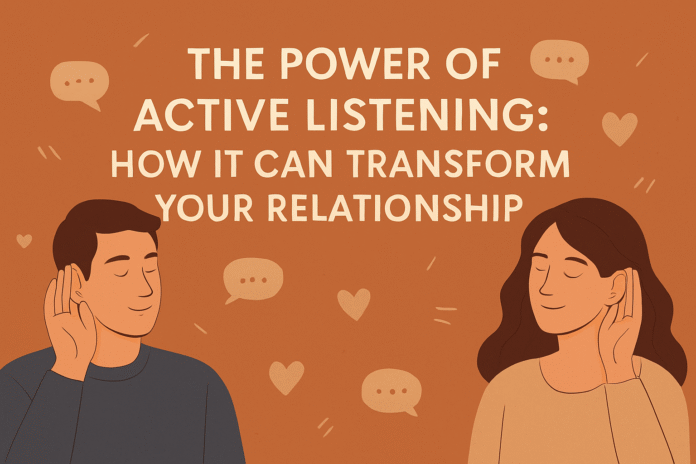
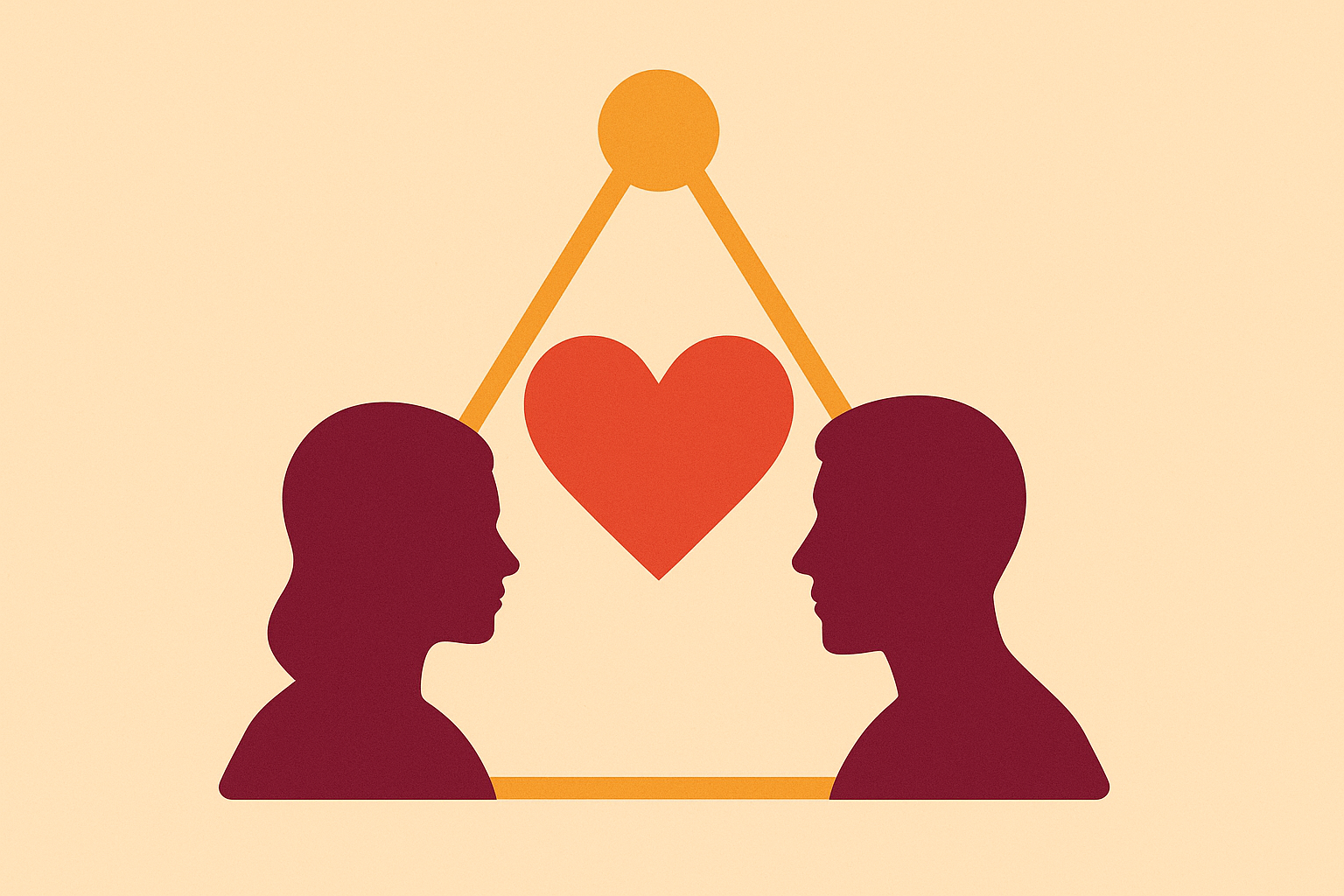
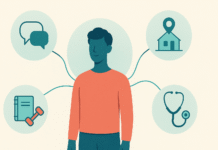

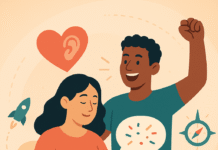
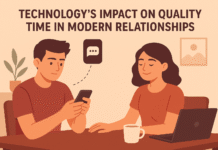

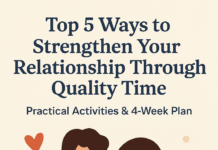
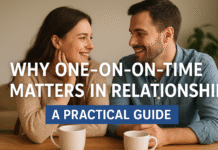
I like the helpful information you provide in your articles.
I will bookmark your weblog and check again here
regularly. I am quite sure I’ll learn many new stuff right here!
Best of luck for the next!
Valuable info. Fortunate me I discovered your website unintentionally, and I’m stunned why this accident did not took place earlier!
I bookmarked it.
obviously like your website but you have to check the spelling on quite a few of your posts.
Many of them are rife with spelling issues and I find it very bothersome to inform the reality however I’ll definitely come back
again.